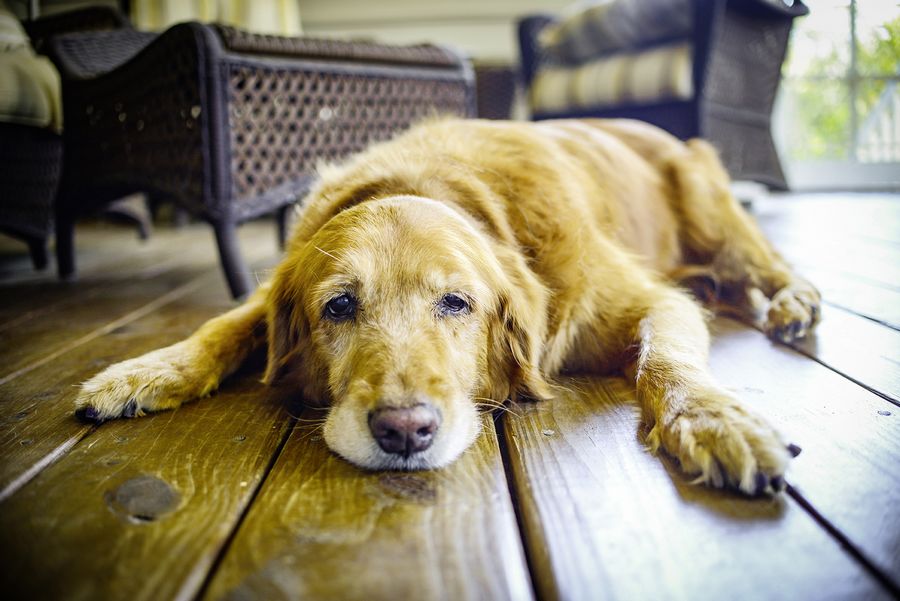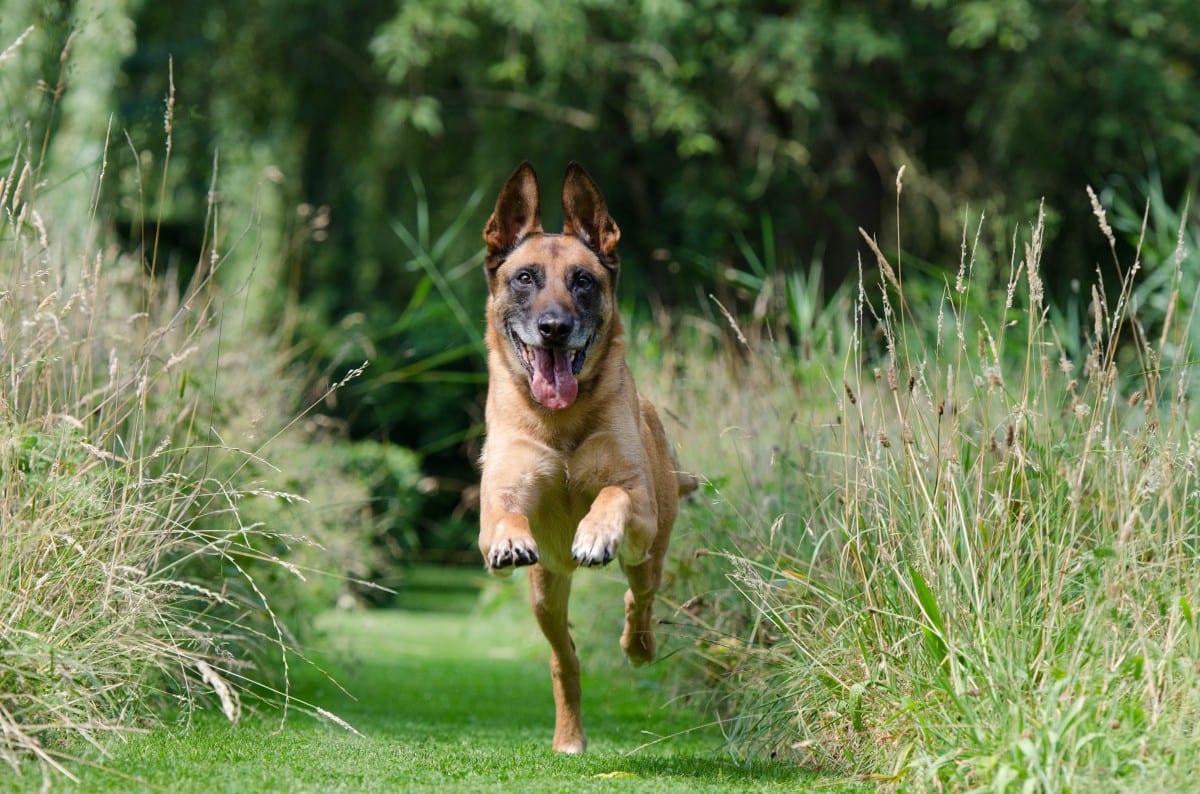Osteoarthritis in dogs
In this article, we will understand what osteoarthritis is, what are its impacts on the health of the dog, what are its causes and symptoms.
Then we will study the means to avoid that your animal suffers from this pathology, finally we will see what it is possible to make to treat and relieve our companions if this one is manifested at them.
What is osteoarthritis?
Just like us humans, dogs age and can suffer from osteoarthritis. Osteoarthritis is a real pathology that should not be taken lightly. All dogs can suffer from it even if large dogs are more often affected than small ones because of their morphology and their weight.
The disease attacks the cartilage and degrades it, which will lead to degeneration of the joints. In general, it is the members of the rear train that are the most affected (hips, knees, elbows) but the back can also be concerned.
What causes osteoarthritis?
Osteoarthritis can occur in several cases:
• Old age as we have seen previously is one of the causes of this pathology. The animal ages, moves less and its cartilage also degrades. But it also happens that young dogs are affected by arthrosis.
• Obesity: our companions with age have less desire to move which will lead to weight gain if the eating habits are not adapted to his new lifestyle of senior.
• Dysplasia in the hips, shoulder or elbow is also one of the most common causes of osteoarthritis. Most of the time it is the big dogs that are affected (German shepherd, Bernese mountain dog...). It is a hereditary disease, so it is very important when you adopt a dog, especially a large breed, to find out about the history of its parents in this area.
• A badly healed fracture will also give way to arthritis. If a bone does not heal properly, it can cause friction that should not be there and lead to osteoarthritis.
• Luxation of the patella: this cause will affect rather small breed dogs. In this case, the kneecap is no longer in line with the femur and this will lead to a limp. In some cases, surgery will be necessary. Osteoarthritis is often present in the luxation of the patella.

What are the symptoms of osteoarthritis?
In order to best cure osteoarthritis, it is important to identify the symptoms. The sooner it is caught in time, the better the chance of relieving your companion. This pathology has different stages, from the least disabling to the most serious:
• The first stage: You may notice that your dog is hobbling on one or more limbs, feeling that he is "stiff" in his gait. These can be the first signs of arthritis.
• The second stage: the pain settles and the animal may "cry", complain. When you approach the painful limb to touch it, the animal is not conciliatory and may bite if the pain is too intense.
• The third stage: the limb or limbs are completely blocked. The animal can no longer move or walk.
It should be noted that in all three stages, these symptoms are often noticed when the animal is cold (when it stands up or after a long period of immobility).
Existing treatments
Once osteoarthritis has set in, it is not possible to cure it, but it is possible to slow down its evolution and especially to relieve your pet. The first thing to do if you notice any of the above symptoms is to make an appointment with your veterinarian.
He will confirm if it is arthrosis or another pathology. If he confirms that it is osteoarthritis, depending on the stage, he will suggest different treatments.
• If your dog is in the first stage, you can regularly give him what are called tablets containing chondroitin and glucosamine. These two molecules support the joints and slow down or even prevent osteoarthritis from taking hold. In general, they are given as a preventive measure or at the beginning of the disease, but even at an advanced stage it is important to continue to give them. In general, these are cures to be carried out during one month, every other month.
• If your dog is at a more advanced stage, you can continue to give him this treatment and in addition anti-inflammatory drugs will be necessary to reduce the inflammation and thus the pain.
• Finally, if your dog is in the last stage, surgery may be necessary to put a prosthesis. Your veterinarian will advise you on this surgery.

How to make life easier and more comfortable for a dog with osteoarthritis
If you live with an osteoarthritic dog, there are several ways you can help:
• If you used to go on long walks, it may be necessary to reduce the amount of time spent on the walk or perhaps reduce the difficulty of the walk.
• Adapt his food: since your dog will move less, it will be necessary to adapt his food. Senior dog food will be recommended, it is often rich in chondroitin for joint support and less rich to avoid weight gain.
• Continue exercising: this may seem contradictory with the first point but it is important to continue exercising regularly so that your dog does not lose muscle and keeps a correct weight. You should favor aquatic exercises such as swimming. Hydrotherapy is highly recommended for osteoarthritis but it comes at a cost. If you can't take a hydrotherapy class, you can take your pet to the beach or the river to swim.
• Avoid humidity and cold: If you have an osteoarthritic dog, it is important to keep him warm, especially in cold, wet weather. If you went swimming on a cold day, it's important to dry him off afterwards.
• Carts: if your dog is at an advanced stage of osteoarthritis and surgery is not possible due to his old age for example (anaesthetic risk), there are now carts so that he can continue to live as normally as possible.
Conclusion
The conclusion of this article is to make sure that your pet ages as well as possible. To do this, keep his weight stable throughout his life, adapt his diet, exercise regularly, do not hesitate to consult your veterinarian if you have any doubt about a symptom.
In the end, it's exactly the same as for us so be careful together while enjoying.


